If you want to know what the best workout to grow horseshoe triceps is, then you want to read this article.
Let’s face it, when it comes to training arms, every lifter loves training biceps, but few apply the same zeal, intensity, and volume to training their triceps.
Sure you might, take a few sets of kickbacks or pushdowns onto the end of a chest workout, but when is the last time you really gave your triceps training the attention it deserves.
Probably never.
The interesting thing though, is that while everyone tends to focus on bicep training when they want bigger arms, the triceps actually make up the vast majority of the upper arm mass (~⅔).
In other words, if you are serious about growing bigger, stronger, more impressive looking arms, then you want to prioritize training your triceps.
Lucky for you, we’ve assembled the best tips, exercises, and workouts around to help you grow the most impressive triceps possible.
Let’s get started!
Fuel Your Training
Triceps Anatomy 101
As the name implies, the triceps are composed of three distinct heads:
- The long head
- The lateral head
- The medial head
The triceps connects the upper arm (humerus) and the shoulder blade (scapula) to the forearm (ulna).
The primary function of the triceps is two-fold:
- Extend the elbow
- Straighten the arm
The triceps also have a secondary function as they assist that lats (latissimus dorsi) in bringing the arm down toward the body, also known as adduction.
Let’s now dig a little deeper into the anatomy of the triceps.
The Long Head
The long head is the only head of the three heads of the triceps that originates above the shoulder joint.
While this might not seem like a big deal, it’s actually rather important when it comes to optimizing tricep training.
Since the long head of the triceps originates above that shoulder, that mean in order to maximally stretch it, you have to get your arm up and overhead.
Only when a muscle is placed on maximum stretch can it maximally contract.
Therefore, if you want to get as powerful and complete of a contraction as possible in your triceps, you will need to perform some tricep exercises that get your arm up and overheads. Exercises such as overhead cable tricep extensions and “rolling” skullcrushers will do just fine.
Furthermore, since overhead presses get the arms over your head, they can also help emphasize the long head of the triceps more than horizontal presses.
The Lateral Head
The lateral head is situated on the outside of the arm and is chiefly responsible for the “horseshoe” appearance of a well-developed triceps.
It is most active during the top end range of motion on tricep exercises -- the “lockout” or straightening of the arm.
If you’re someone who struggles to lockout on the bench press, it might be that your lateral head is weak due to not using a full range of motion when benching.
To emphasize the lateral head during your workouts, try using a pronated grip with the hands inward. Using this grip forces the elbows to flare which shifts more tension onto the lateral head of the triceps.
It’s worth noting that no exercise can “target” or “isolate” one head of the triceps, but certain grips, pressing angles, and exercise variations can help “emphasize” one head or region of the triceps more than another.
Some good exercises that help emphasize the lateral head of the triceps are pushdowns and diamond push-ups with flared elbows rather than keeping them pinned to your sides.
The Medial Head
The medial head lies on the inside of the arm and is the least visible of the three heads of the triceps, yet it is the most active of all three tricep heads across all exercises that involve the triceps.
Due to this, it can be challenging to find exercises that emphasize the medial head of the triceps, but not impossible.
In fact, when you use a supinated (underhand) grip on your tricep exercises you shift the focus onto the medial head.
Now, you won’t be able to go nearly as heavy on your pushdown, kickbacks and other triceps exercises when using the supinated grip compared to the pronated one, but that’s not as big of a concern as you will likely have already gotten your heavy lifting done for the day by time you start performing tricep isolation exercises.
Anatomy lesson over, let’s get onto a few of our favorite tricep exercises to build mass.
The Best Tricep Exercises
Despite what you’ve been led to believe, you don’t need to perform endless variations of tricep exercises to build bigger arms. You need a few select exercises that allow for steady progressive overload and jive with your biomechanics.
And, since all 3 heads of the tricep cross at the elbow joint, they all will be active to some extent or another in any triceps exercise.
Therefore, all we need to do is pick a few exercises that maximally stimulate each head, and we’ll have a phenomenal triceps workout!
Here are three of our favorite tricep exercises for building bigger arms:
Dips
Not only are dips an excellent exercise for hitting the medial and lateral heads of the triceps, but it is also top-tier mass-building exercise for the entire upper body, especially the chest and shoulders (in addition to the triceps of course).
Fiber type composition studies have found that the triceps are mostly comprised of “fast-twitch” type II muscle fibers which are typically stimulated best when using heavy loads.
Utilizing an exercise such as the weighted triceps dip, as well as the close-grip bench press (which we’ll cover more in a minute), allows for steady progressive overloaded using heavy weight.
Additionally, when performing dips, your hands are in a neutral grip position, which, as we discussed above works exceedingly well for emphasizing the lateral and medial heads.
Dips also force you to be a master of controlling your body through space (a hallmark feature of all great bodyweight exercises), which not only helps build bigger triceps but stronger, more functional ones too.
When performing dips, make sure to stop the lowering phase of the life when your upper arms are parallel to the ground, pause at this point for a second, then return to the top. Going deeper than this may lead to shoulder irritation and potential injury down the line.
Close Grip Bench Press
When making a list of the best triceps exercises for mass, if dips are #1, close-grip presses are 1A.
In other words, dips and close-grip presses should be the foundation of your triceps training program.
Similar to dips, close-grip presses train the triceps to be strong and functional.
In the real world, when you push things away from you, such as a lineman in football, your arms are usually close-in and tight to your body. While you might not be lying down in football (unless you get tackled, that is) like you are when benching, the close-grip press (of any variation) improves total upper body strength and power.
Furthermore, you’re not limited to just performing close-grip presses with a barbell on a flat bench. You can use a swiss bar, football bar, dumbbells, kettlebells, or an EZ bar to perform your close-grip bench presses. And, you can also do your close-grip presses on an incline or decline bench in addition to your flat bench close grip presses.
These close-grip press variations allow for a thorough teardown of your triceps from multiple angles.
Overhead Cable Tricep Extension
While the overhead tricep extension isn’t a compound exercise like dips or close-grip presses, where they shine is in their ability to really torch the long head of the triceps.
Remember from our discussion of the anatomy of the triceps, that in order to place a maximal stretch on the long head of the triceps, you need to get the arm up and overhead.
Well, that’s exactly what you get with this isolation exercise.
Now, you won’t be able to load this exercise nearly as heavy as you can dips and close-grip presses, but that’s not what the overhead extension is for. It is used to really burn out your triceps after the heavy compound lifts are over and focus on working the long head of the triceps as much as possible.
Finally, the reason we like the cable variation of the overhead tricep extension more than options using free weights like dumbbells or kettlebells, is that the cable machine maintains constant tension on the triceps, something not accomplished with free weight alternatives.
The Best Triceps Workout
|
Workout A |
|||
|
Exercise |
Sets |
Reps |
Rest |
|
Close Grip Bench Press |
4 |
6-8 |
90 sec |
|
Neutral Grip Dumbbell Bench Press |
3 |
8-10 |
90 sec |
|
Overhead Cable Tricep Extension |
3 |
10-12 |
60 sec |
|
Close Grip Push Up |
3 |
Max Reps |
60 sec |
|
Workout B |
|||
|
Exercise |
Sets |
Reps |
Rest |
|
Floor Press |
4 |
6-8 |
90 sec |
|
Cable Tricep Pushdown |
3 |
8-10 |
90 sec |
|
French Press |
3 |
10-12 |
60 sec |
|
Bodyweight Dips |
3 |
Max Reps |
60 sec |
What About Supplements?
Building bigger, stronger, beefier triceps ultimately comes down to your nutrition and training. If you are not eating enough calories to support muscle growth or enacting the principles of progressive overload, no supplement is going to help them grow.
That being said, if you have diet and training dialed in, supplements can help you to perform better in your workouts and recover faster.
Here’s a few of our favorites to support mass-building:
Mega Pre
Mega Pre is a stimulant-free pump pre workout that helps support increased performance and pumps by boosting nitric oxide, enhancing blood flow, and dialing focus. The synergistic combination of performance-boosting nutrients in Mega Pre can help you to break PRs and
ISOLIT
ISOLIT is our easy-mixing, great-tasting whey protein isolate.
All gym rats know that protein plays a vital part in the growth and recovery of muscle tissue, and while you can get all of your daily protein needs from whole foods like beef, chicken, eggs, or pork, having a protein powder by your side helps ensure that no matter how short on time you may be, you can always get in a quick shot of muscle-building protein.
References
- Srinivasan, R. C., Lungren, M. P., Langenderfer, J. E., & Hughes, R. E. (2007). Fiber type composition and maximum shortening velocity of muscles crossing the human shoulder. Clinical Anatomy (New York, N.Y.), 20(2), 144–149. https://doi.org/10.1002/ca.20349


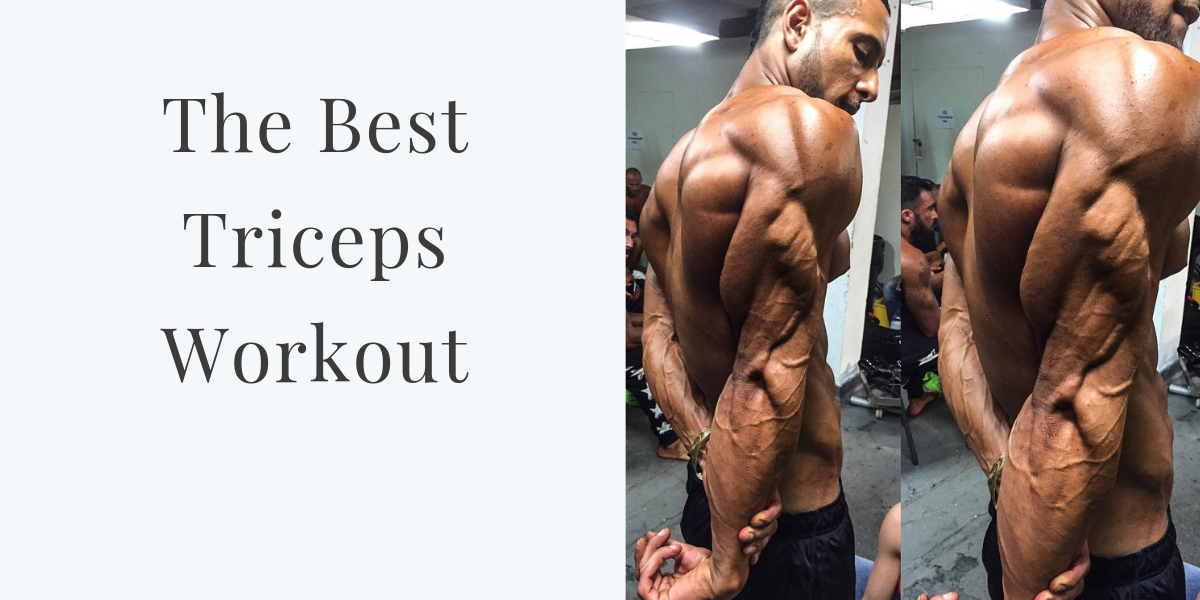





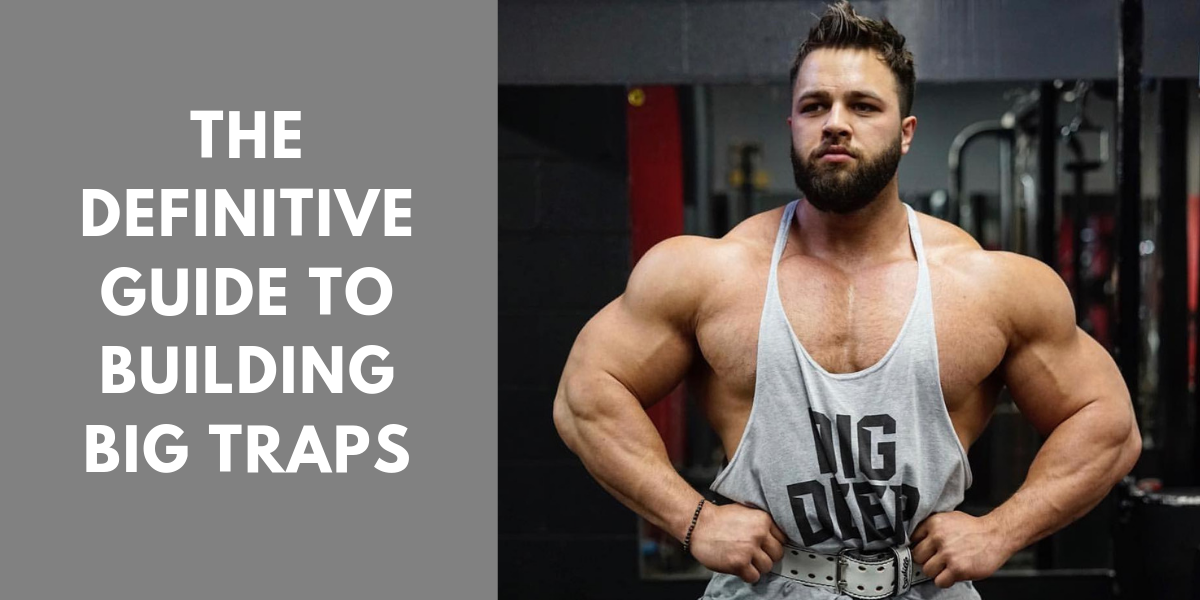
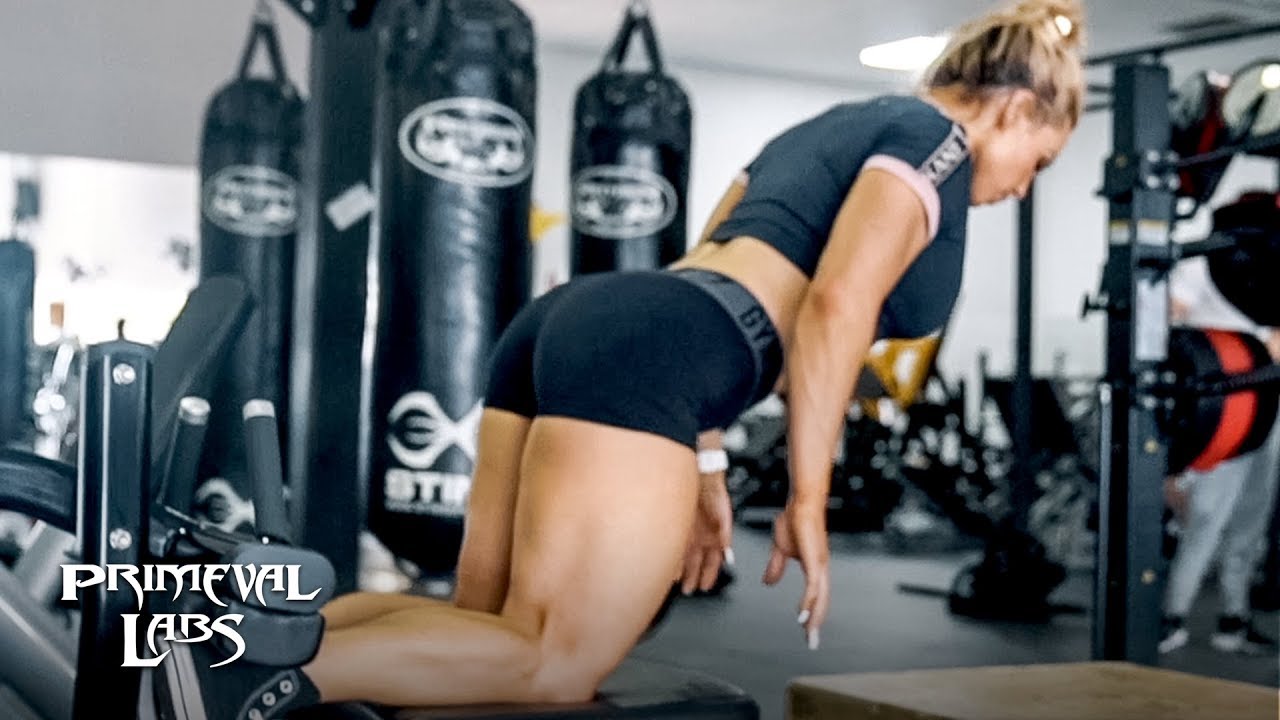
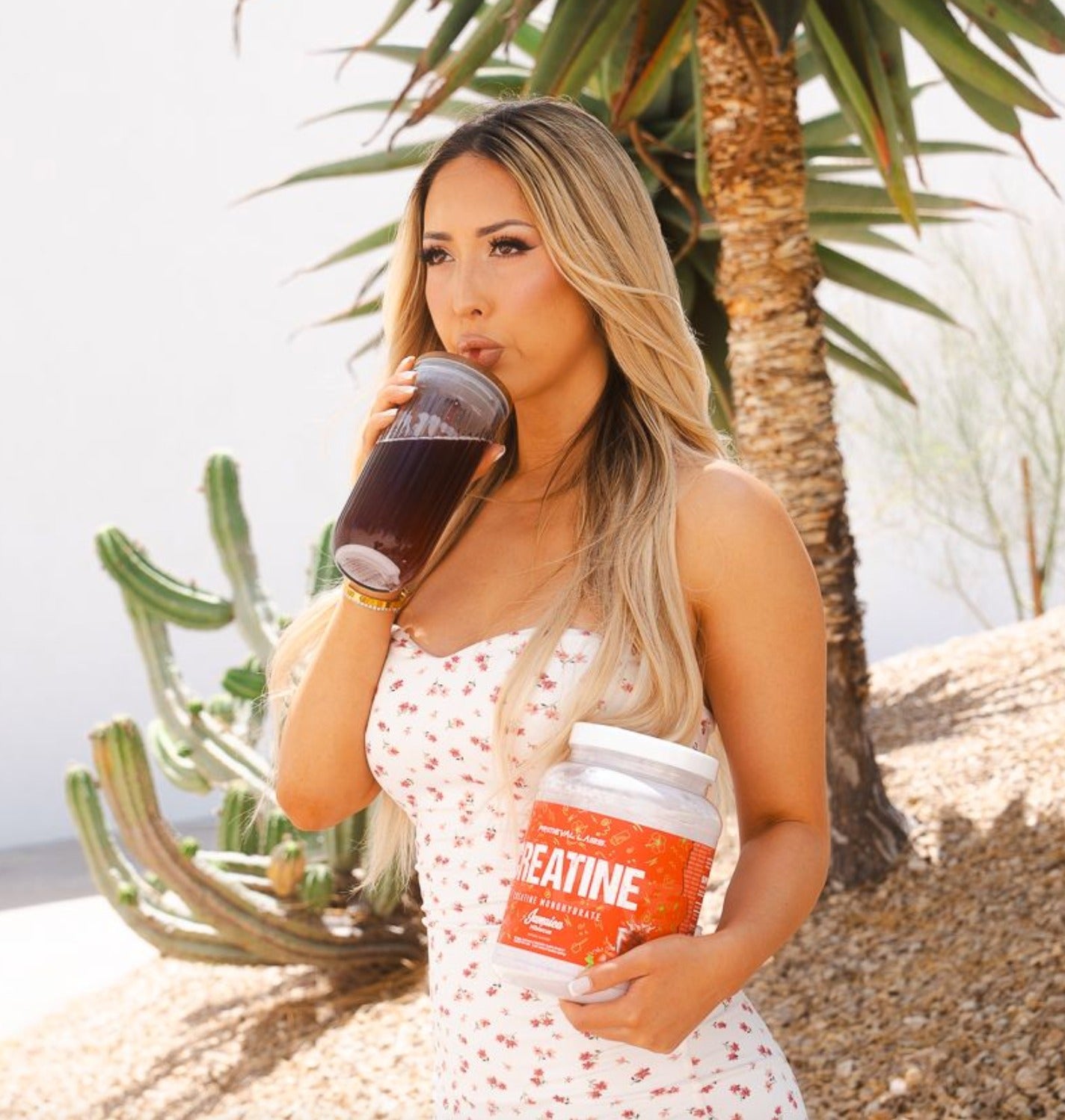
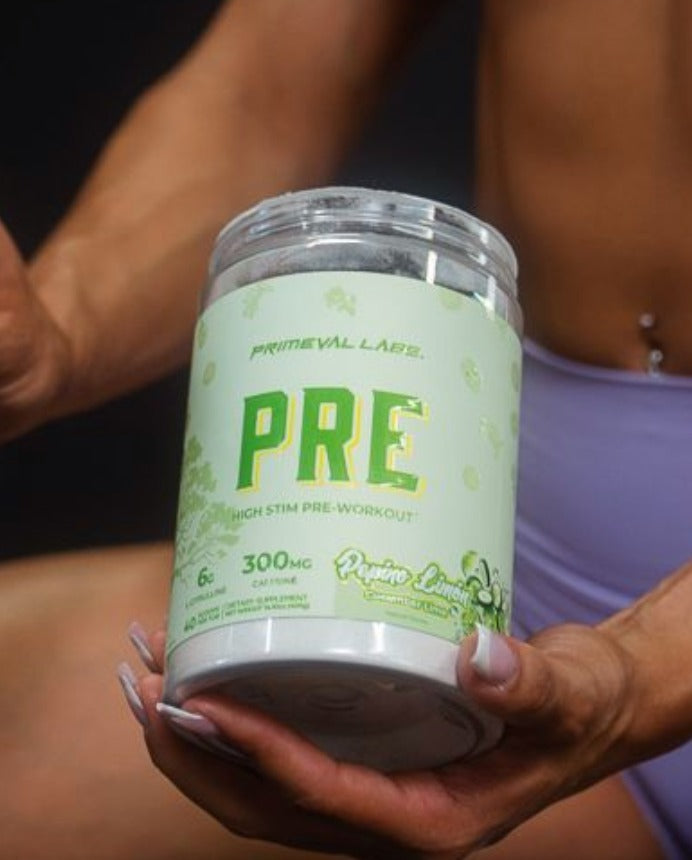
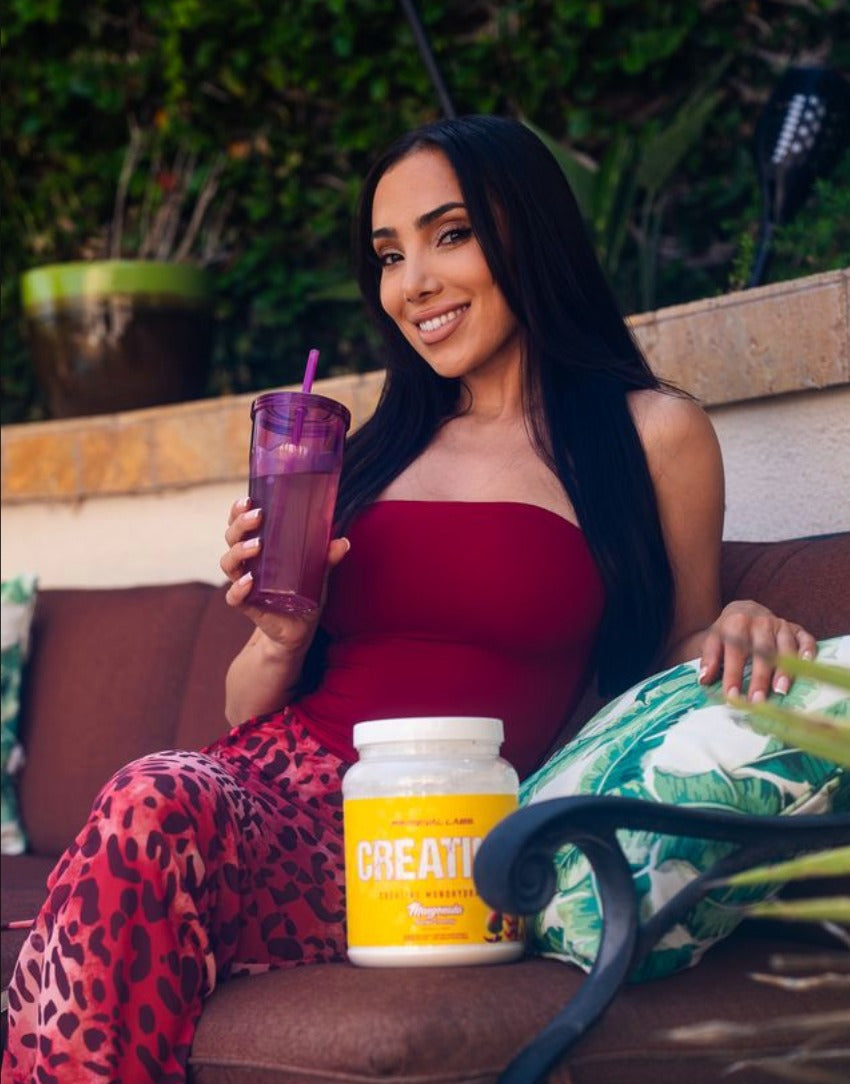
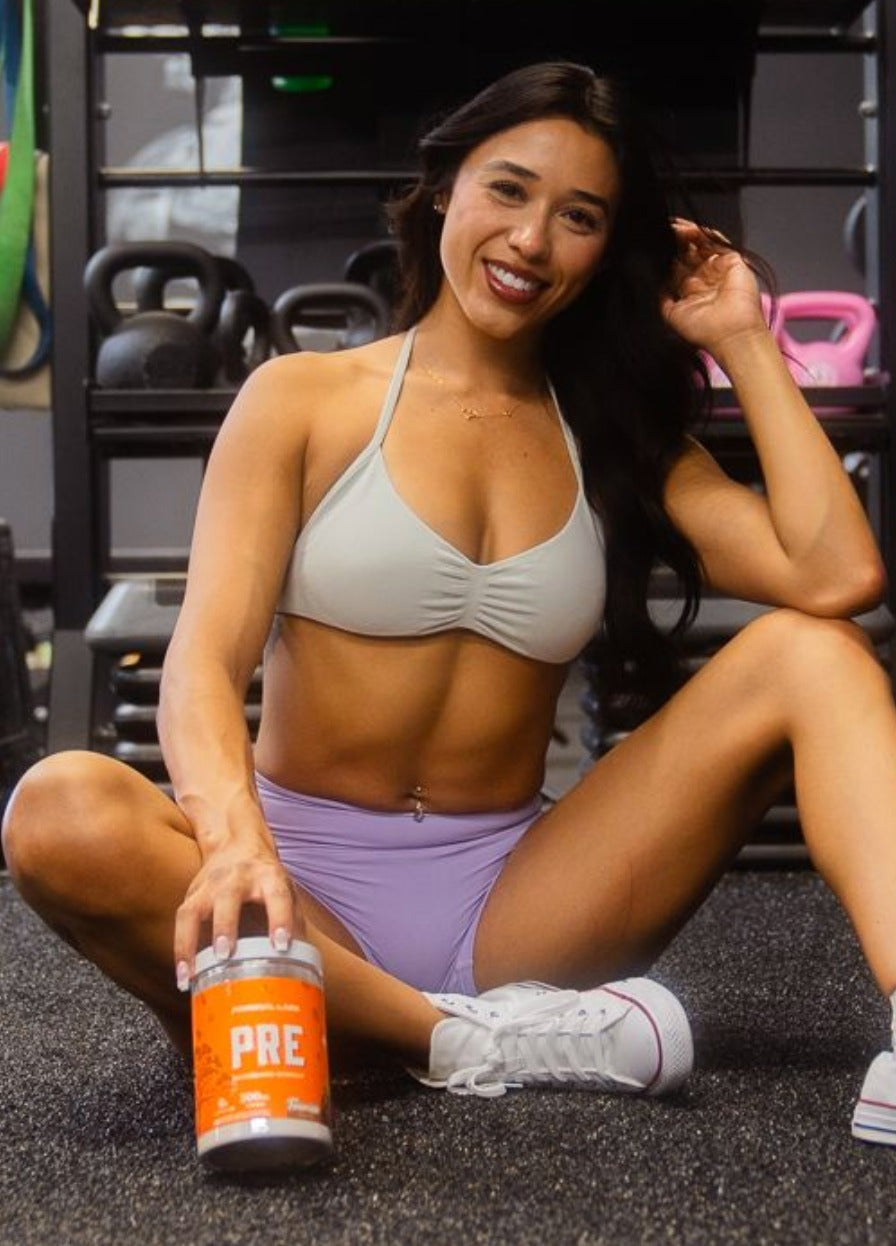
Leave a comment
This site is protected by hCaptcha and the hCaptcha Privacy Policy and Terms of Service apply.